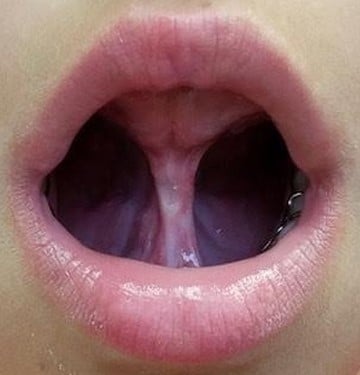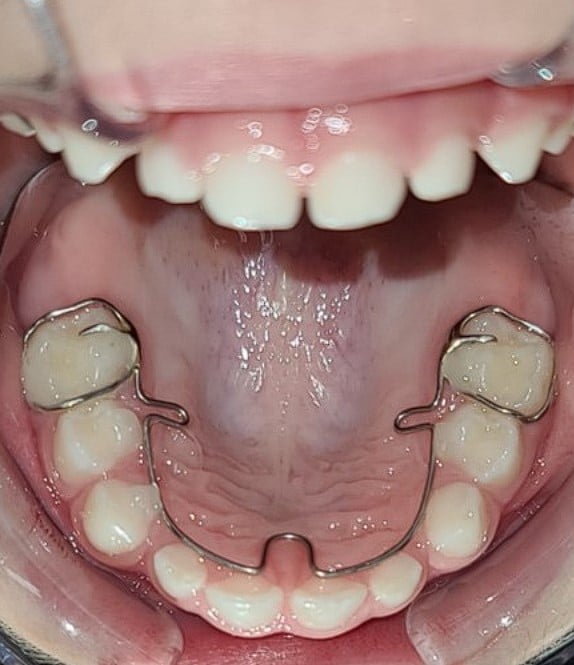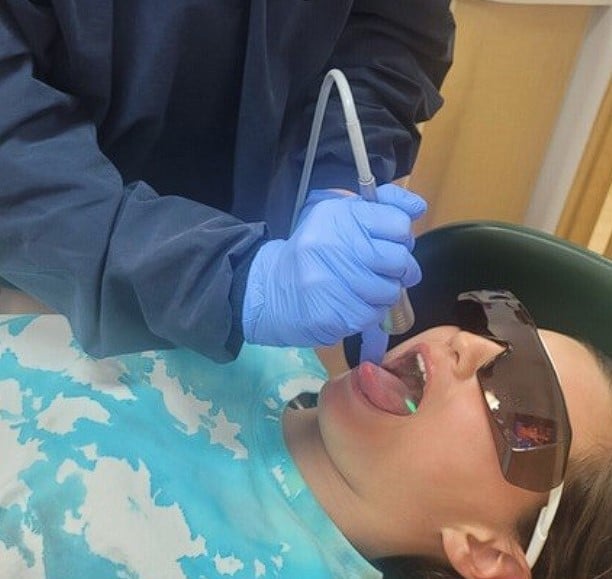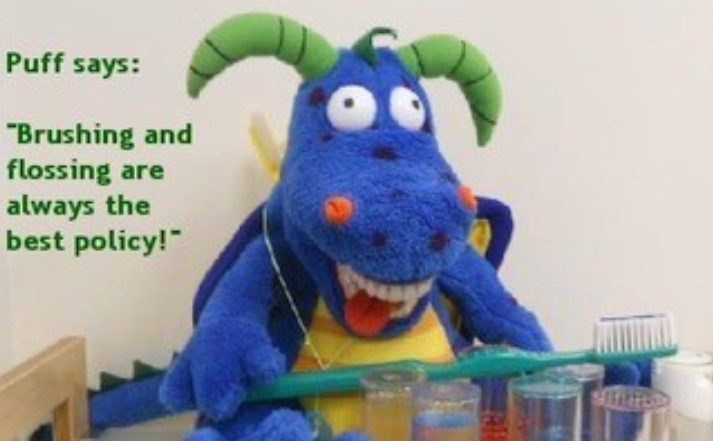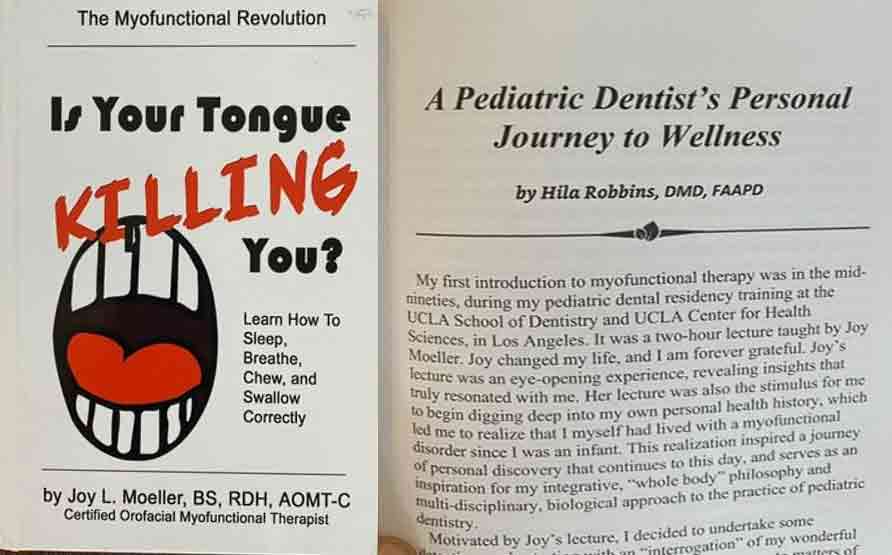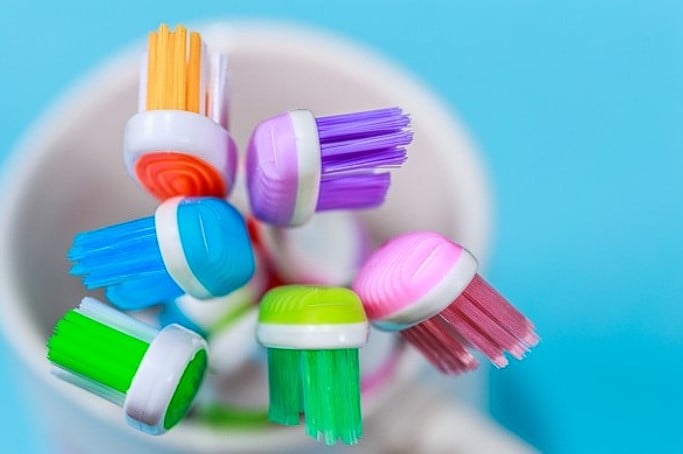As a parent, you want the best for your child, and that includes ensuring they have a positive experience during their first dental visit. A child’s first dental appointment sets the tone for how they approach oral health for life. At our Westwood/Century City practice, we’re committed to making that experience as smooth and comforting as possible.
Preparing for Your Child’s First Visit
Preparation is key to reducing dental anxiety in children. Talk to your child ahead of time about what to expect when they visit the dentist. Let them know they will meet friendly professionals who will help keep their teeth healthy and strong in a fun place designed especially for kids. Consider reading children’s books or watching videos about dental visits together to help them feel confident and informed. Our team also specializes in creating a sensory-friendly dental care experience. especially for younger patients who may be more sensitive to new environments.
Choosing the Right Pediatric Dentist in Westwood/Century City
Finding the right children’s dentist can make all the difference, especially for kids who may have special needs. If your child has autism or sensory processing differences, a pediatric dentist for autism in Los Angeles/Century City can offer tailored care that respects their comfort and individual needs. Our specialists are trained in compassionate communication, behavior guidance, and environmental adjustments and use of specialized technologies that ease the experience for both child and parent.
When to Consider a Pediatric Airway Dentist
If your child has trouble sleeping, snores at night, or frequently wakes up tired, it It might be time to see a pediatric airway dentist. Our dental professionals focus on how the oro-facial anatomy, tongue, and airway impact sleep and breathing. Conditions such as pediatric sleep-disordered breathing can have long-term effects on overall health, behavior, and growth.
Early detection and treatment can help your child sleep better, breathe easier, and thrive in their daily lives.
By choosing a pediatric dentist who aligns with your child’s needs, whether for general care, sensory support, or airway health, you will help ensure their first A dental appointment is a positive milestone.
Call Us Today!
Looking for a trusted pediatric dentist in Westwood or Los Angeles?
Schedule your child’s first dental visit with Dr. Hila Robbins today, where Smiles, comfort, and compassionate care come first.



